Author: Tianyi Chen
During Flexible Week, I read the thought-provoking article Mythscapes: Memory, Mythology, and National Identity by Duncan S. A. Bell, which examines the intricate relationship between memory, mythology, and the formation of national identity. Bell argues that national identity is not a static or fixed concept; rather, it is continuously shaped by a dynamic process of […]
The Kelpie, a legendary water spirit in Scottish folklore, has evolved in both form and meaning. Traditionally depicted as a malevolent creature that lures travelers to their doom, it also appears as a force of labor and industry in Walter Gregor’s 1883 account (Kelpie Stories from the North of Scotland). Kelpie as […]
Thank you both so much for your generous and thoughtful feedback on my curatorial proposal—it truly means a lot and has given me fresh perspective on how to further develop and refine the project. I was particularly encouraged that the immersive parts of the exhibition resonated with you, especially the use of AR, projection […]
Every Version Belongs to the Myth, curated by Tessa Giblin and Argentine artist Amalia Pica, explores the layered nature of myth and its multiple interpretations. Featuring artists from diverse backgrounds—Maria Barnas, Michael Fortune & Aileen Lambert, Felix Gmelin, Mahony, Gareth Moore, Pavel Pepperstein, Amalia Pica, and Elizabeth Price—the exhibition presents films, artworks, artifacts, collections, and […]
After my first tutorial session, I reconsidered my selection of works for the exhibition. Since there are few artworks that directly depict Kelpies, I followed my tutor’s advice and identified key terms related to the theme. I listed words such as water, metamorphosis, animal, human, and landscape, which helped broaden my search. Expanding on water, […]
Through Francis Davis’ lecture in week five, I was introduced to an interesting project called RURALIMAGINATIONS. It looks at how the cultural imagination has shaped the way we view rural life in a globalized world. Because globalization is mostly seen as an urban process, rural issues are often forgotten. However, this project puts rural life […]
When planning my curatorial project, I knew that the venue would play a crucial role in the realisation of the theme. Inspired by the iconic outdoor event The Enchanted Forest, I planned to choose Helix Park Falkirk as the ideal location for the exhibition. This decision reflects a thoughtful balance between mythic resonance, natural beauty […]
Origin of the name Avant-Prism combining the French word ‘Avant-garde’ and the English word ‘Prism’, it reinforces an international perspective and interdisciplinary integration. About Avant-Prism We focus on the interplay between culture and modernity, exploring how cultures are deconstructed, reshaped, or fade away against the backdrop of accelerating globalization and technological change. Through our […]
Reflections on the Dr Gabrielle Barkess-Kerr Curator’s Lecture on Ethics I learned that curatorial ethics is a changing field. Curators must balance artistic goals, institutional rules, and ethical duties. The lecture showed examples of these challenges. Olafur Eliasson’s Green Light project was criticized for using refugee labor. Ernesto Neto’s work with the Huni Kuin people […]
As I develop my curatorial project on Myth and Art in Scotland, I have been deeply inspired by Folklore Scotland, an organisation run by dedicated volunteers from diverse backgrounds, including creative writing, illustration, and law. Their mission to preserve and promote Scottish myths and legends has provided valuable insights, particularly through their project, The Art […]



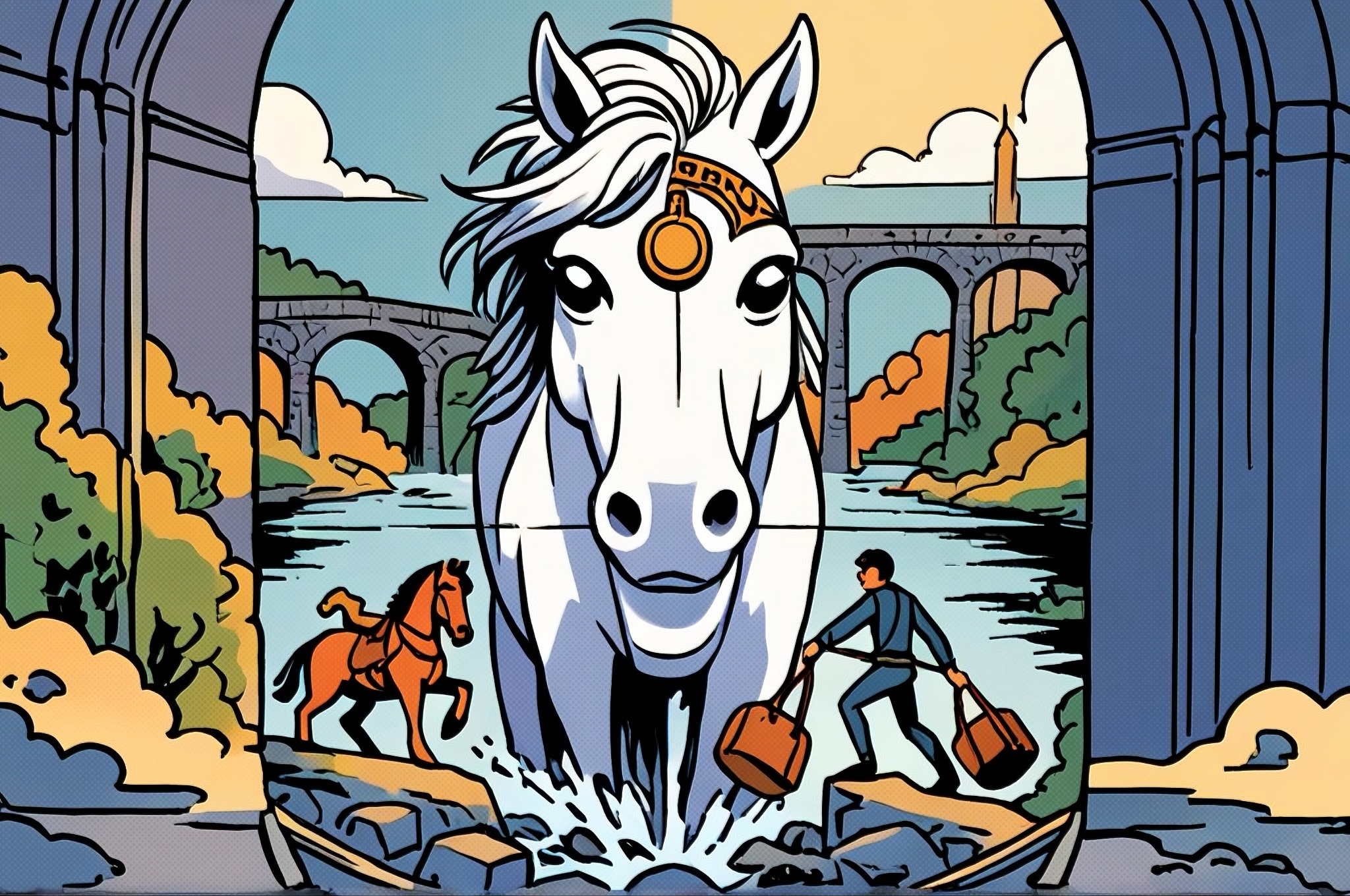

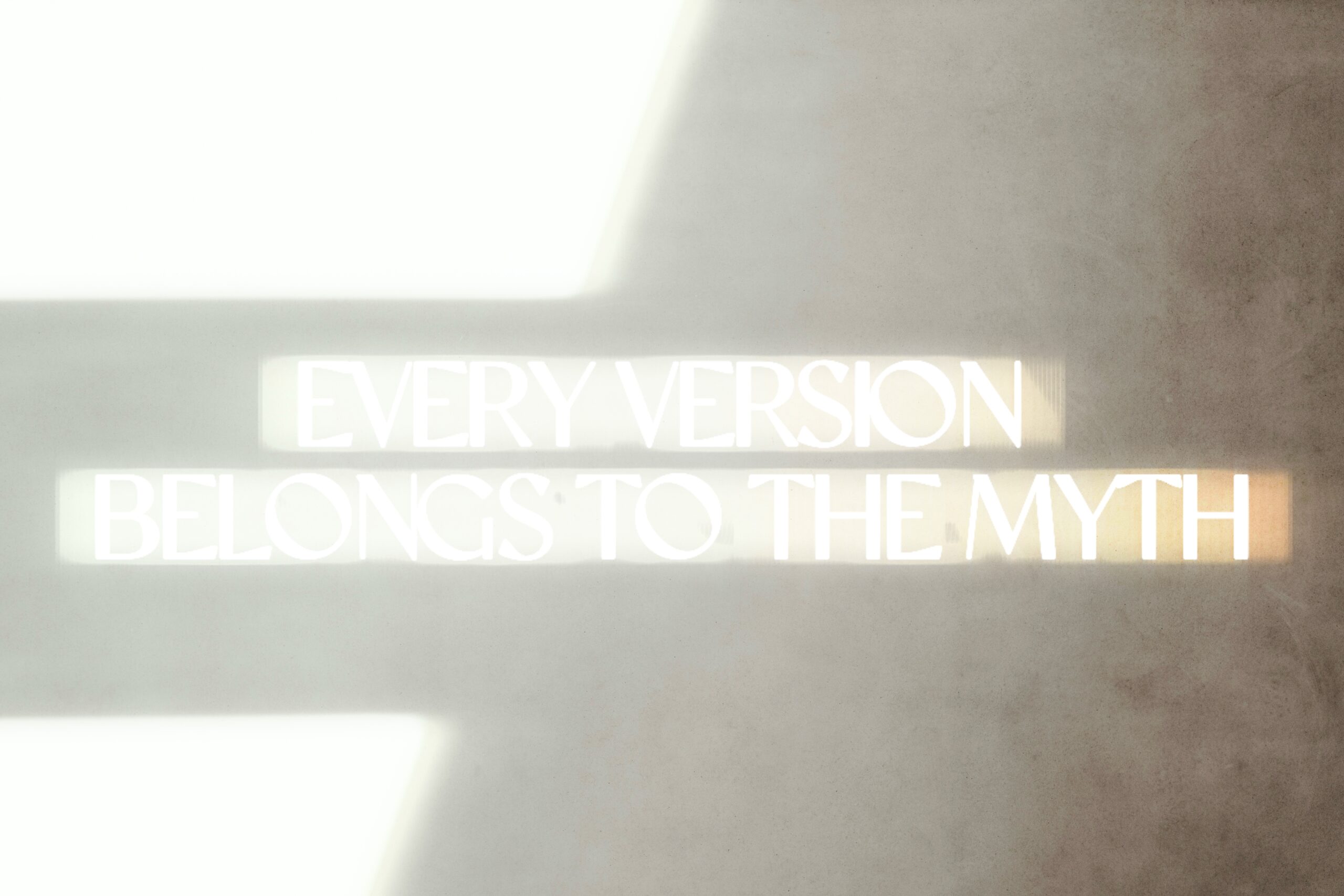
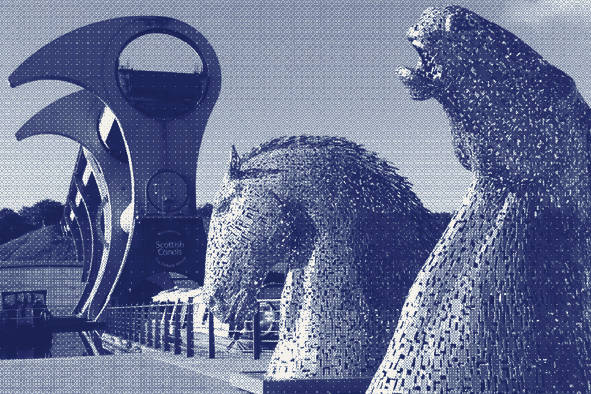
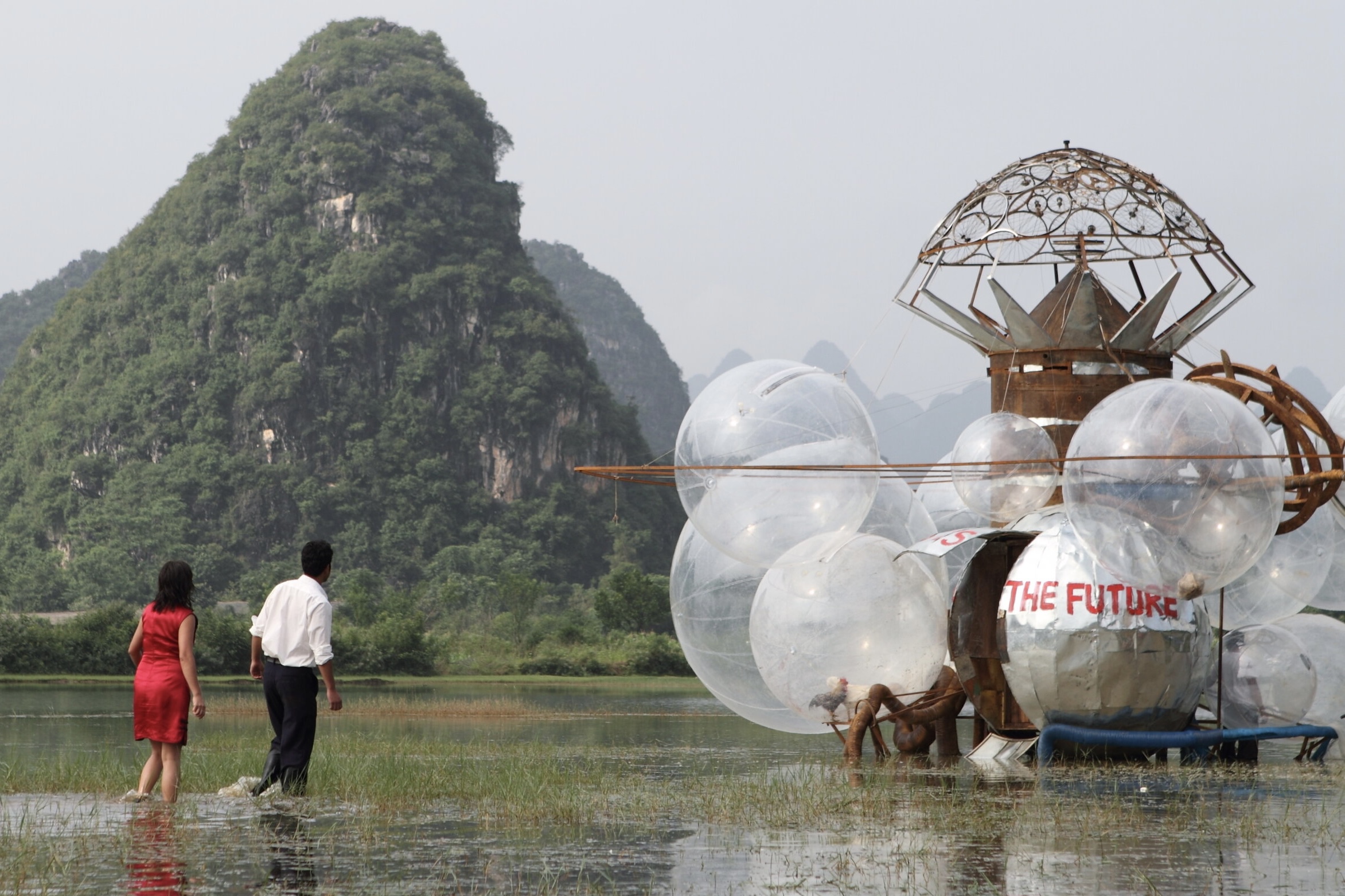
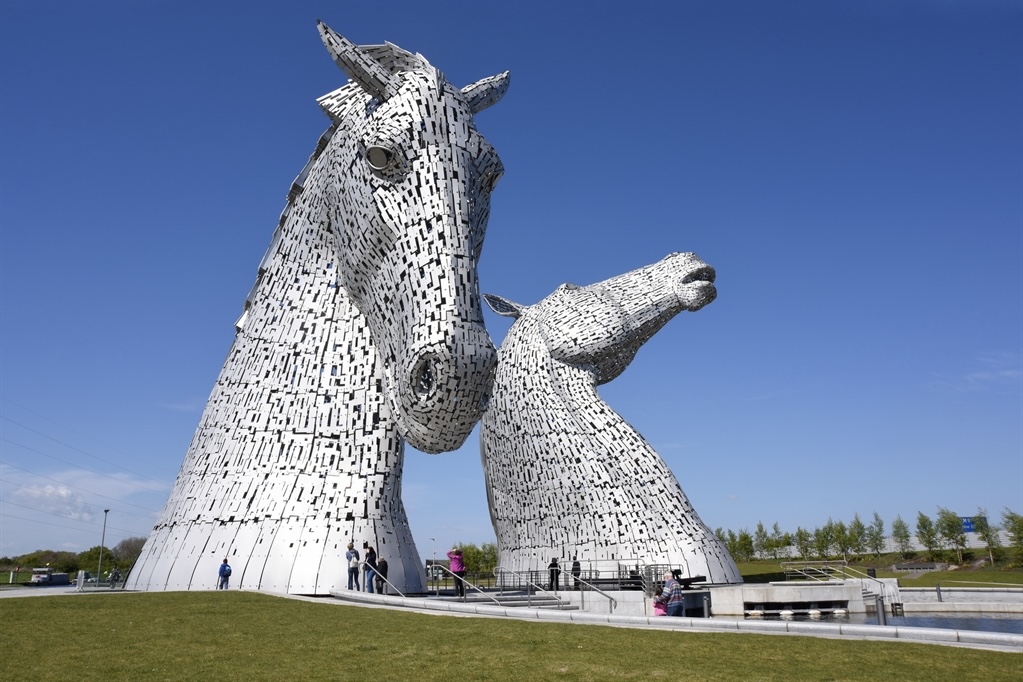


![{"data":{"activityName":"","pictureId":"9DB71A4F-A943-43C3-A2CE-B5A133567D37","product":"retouch","infoStickerId":"","enter_from":"enter_launch","appversion":"11.6.1","imageEffectId":"","capability_key":["portrait","edit"],"os":"ios","stickerId":"","playId":"","filterId":"","capability_extra_v2":{}},"source_type":"douyin_beauty_me"} An image of a nighttime scene featuring a group of people carrying lit torches, silhouetted against a dark hill. The text "FOLKLORE SCOTLAND" is written prominently in bold, white, handwritten-style font across the top of the image. Below, a smaller caption reads: "Explore the world of Scottish mythology together." The overall atmosphere is mysterious and evokes themes of mythology and folklore.](https://blogs.ed.ac.uk/s2670174_curating-2024-2025sem2/wp-content/uploads/sites/11207/2025/02/IMG_9836-scaled.jpg)